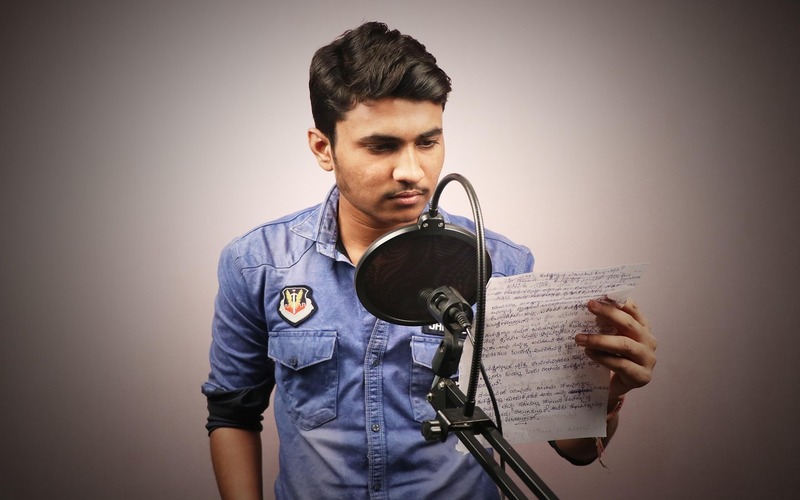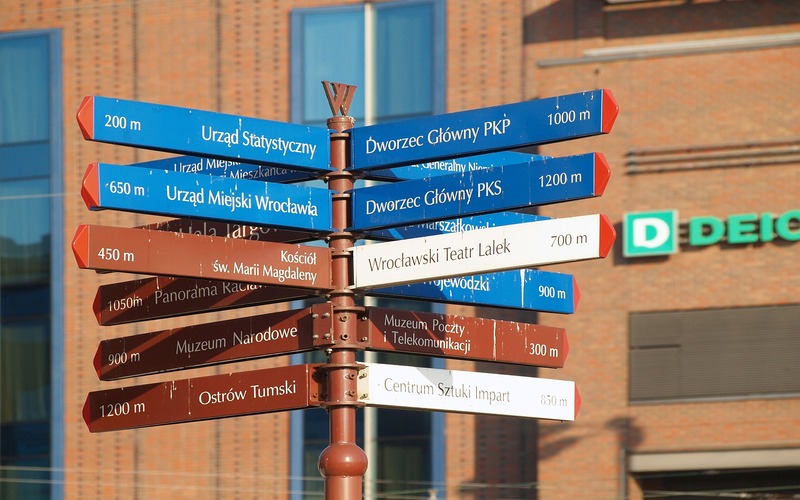
The Art of Subtitling and Dubbing: Bridging Cultures
In the world of entertainment, there are two main techniques used to translate language content: subtitling and dubbing. This second technique plays an important role in bringing films, series, or even video games to a wider audience. However, not everyone realizes how complicated the process behind professional subtitling and dubbing is. Not just translating word for word, but also conveying emotions, nuances, and culture from the source language to the target language.
Subtitle: The Art Behind the Text on the Screen
Subtitling is the process of translating dialogue into text that appears on the screen. Even though it looks simple, subtitling is an art in itself that has various challenges.
-
Character and Time Limitations
Subtitles must be concise and easy to read because the audience only has a few seconds to read before the next dialogue appears. Typically, there is a limit of around 35–42 characters per line, with a maximum of two lines per view. -
Adaptation of Meaning, Not Just Translation
Professional subtitles and dubbing must ensure that the text is not only accurate in language but also reflects the original meaning. Some languages have a longer structure, so it is necessary to condense them without sacrificing the essence of the dialogue. -
Precise Timing
Subtitles must appear and disappear according to the rhythm of the conversation so as not to interrupt the viewing experience. If it's too fast, the audience won't be able to read it. If it's too slow, the text can feel out of sync with the scene.
Read More: Professional Voice Overs: Invest in Voice to Improve Your Content
-
Understanding Culture and Context
Some expressions or humor in a language can be difficult to translate directly. For example, jokes in Japanese may not be translated word for word into Indonesian, so the translator must look for alternatives that still contain similar humor.
Dubbing: Giving Voice to a New Culture
Dubbing is the process of replacing the original voices in a film or series with the voices of the actors in the target language. This technique is more expensive than subtitling but has the advantage of allowing viewers to enjoy the show without having to read the text.
-
Choosing the Right Voice Actor
In professional subtitling and dubbing, the choice of voice actor is very crucial. Their voices must match their original character, in terms of tone, emotion, and speaking style. Choosing the wrong voice actor can make the character feel strange or not match the audience's expectations. -
Lip Syncing
One of the biggest challenges in dubbing is ensuring that the new voice provided by the dubbing actor matches the lip movements of the original actor. If they are not aligned, the results can feel odd and disrupt the viewing experience. -
Adapting Dialogue Without Changing the Meaning
Just like subtitling, dubbing also requires dialogue adaptation. Words in the target language should be made to sound natural when spoken and remain true to their original meaning. -
Same Expressions and Emotions
Dubbing is not just about changing the language but also must convey the same expressions and emotions as in the original version. If a character is screaming in anger, the voice actor must be able to replicate the intensity of the emotion precisely.
Subtitling vs. Dubbing: Which Is Better?
There is a long debate about whether subtitling or dubbing is better. The answer depends on the audience's preferences and the type of content. Subtitling is preferred by those who want to still hear the actor's original voice and get an authentic experience. It is also more cost-effective than dubbing. Dubbing is suitable for audiences who do not want to be distracted by text on the screen, such as children or viewers who want to enjoy a film without having to read. Some countries are more used to dubbing, such as Germany and France, while countries like Indonesia and the Netherlands are more used to subtitling.
Challenges in the World of Professional Subtitling and Dubbing
Both subtitling and dubbing have their own challenges. In an ever-evolving global entertainment industry, professionals in this field must constantly adapt to new technology and increasingly higher quality standards.
-
Development of AI in Translation
Currently, there is AI technology that can translate and subtitle automatically. However, the results are often far from perfect. Human translators are still needed to ensure nuance and expression are maintained. -
High Content Production Speed
With the rise of streaming platforms such as Netflix and Disney+, the need for subtitling and dubbing is increasing. This means professionals have to work faster without sacrificing quality. -
Adaptation to Various Media Formats
Apart from films and series, subtitling and dubbing are also used for video games, educational videos, and even social media content. Each format has its own challenges in implementing each technique.

Subtitling and dubbing are not just translation tools, but also arts that bridge cultures. Subtitling and dubbing professionals must have skills beyond simply translating languages, they must understand the emotions, nuances, and culture in each dialogue they adapt. Whether in text or sound form, a good result will make viewers feel as if the content was created for them.
As the entertainment industry continues to grow, the role of subtitling and dubbing will become increasingly important in connecting the world through language. So, when watching films or series from other countries, don't forget to appreciate the hard work of the professionals behind the scenes who have brought the viewing experience closer to our culture.
If you are looking for subtitle and dubbing services, Digital-Trans Asia is ready to help. We specialize in transforming your literary works into more accessible and engaging versions in multiple languages. With a professional team and cutting-edge technology, we ensure accurate and high-quality translation results. We understand that each work has a unique feel and emotion, which is why we work with experienced linguists and voice actors to bring you the right interpretation. From films, series, documentaries, to marketing and educational materials, we are ready to help you reach a global audience in an authentic and effective way. Don't let language barriers hinder your global reach—contact us now and make your vision a reality. We are committed to providing the best solutions so that your message can be enjoyed by audiences around the world. With Digital-Trans Asia, seamless communication is possible.
Ready to bridge cultures with expert subtitling and dubbing services? Visit https://digital-trans.asia/ to learn more about our services. Contact us today to get started!